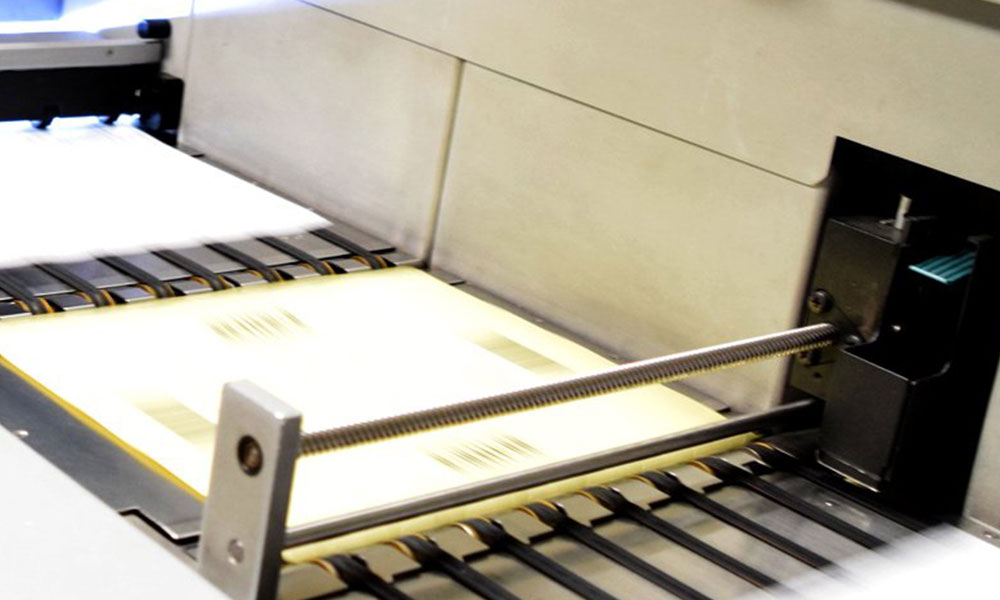A successful remote workforce, whether for the short- or long-term, requires more than the obvious necessities of reliable, high-speed internet connections, laptops, and printers. Business leaders can take an open-minded, yet critical look at their remote workforce’s evolving needs to ensure a foundation for a strong organizational future.
Finding ways to improve workflows and better support remote work doesn’t have to be a monumental task. Identifying even one or two small steps to move up the digital transformation curve can yield big results.
1. Ensure security of documents and data
This is always an important consideration whether employees are working from home or in a typical office setting. Firewalls, VPN capability and IP protocols are typically in place to ensure the security of staff and customer data. Employees must always be mindful of how they share information; whether through email attachments, text messages or clickable links, it’s easy to get complacent. Additional suggestions to protect data include: using encryption (256 bit if possible); transferring information through File Transfer Protocol (FTP); and password protecting your files. Ensure you are communicating openly and frequently with remote employees about approved document-sharing channels and security protocols.
2. Enable access to physical files
When a process is reliant on accessing physical files or paperwork—like occupational health records or employee data—and teammates are now working remotely without access to that data, a scan-on-demand setup becomes an easy-to-implement solution. Scan-on-demand means that you only scan what you need to access when you need it.
Depending on your business and team members’ needs, it may be time to rethink sending ‘inactive’ records offsite for long-term storage, and, instead, digitize a full paper backfile solution so all of your records are digital and easy to access for decades ahead. Curious about the backfile scanning process?
3. Explore outsourcing options
A company’s culture plays a significant role in adapting to a remote work environment. Accepting that our businesses and workforce have shifted in ways beyond our control is challenging and changing behavior even more so. Key processes are often managed in-house for fear of those functions going “outside” of an organization’s walls.
Interestingly enough, it is oftentimes safer to outsource data management to a reliable provider than it is to maintain sensitive documents in paper form in-house under lock and key.
For example, rather than not knowing which employees are looking at stored paper documents at any given time, a hosted document management system tracks each user who accesses specific pieces of information and what actions they take—whether that be viewing, editing, printing, or downloading.
Reputable vendors offering digital, cloud-based platforms for document management will be able to articulate exactly how your files will be secured and what steps are taken to protect key information. A vendor partner like Docufree invests in up-to-date technology; ensures its staff are experts in the realm of compliance; and keeps abreast of requirements and security protocols so our clients don’t have to.
4. Handle physical inbound mail and digital communications
A digital mailroom can do so much more than scanning and routing inbound mail. Digital mailrooms intelligently capture data from hard copy or electronic communications (like attachments, emails and more) and then automatically populate fields within software and/or in-house processing systems.
In a basic accounts payable example, a digital mailroom can capture relevant data from the physical invoice received, transfer the data into an in-house system or software, validate a PO and initiate payment of the invoice. A digital mailroom transforms manual tasks into efficient processes, allowing your remote workforce to focus on more impactful projects and business initiatives.
Plus, with widespread staffing challenges prevalent across the country, shifting an on-site mailroom to an outsourced digital mailroom relieves organizations of the burden of finding reliable, long-term mailroom employees.
5. Optimize workspaces for today and tomorrow
An unprecedented number of employees are engaging in remote working arrangements. Many cannot wait to get back into the office, and many are quite content and even more productive working remotely. Now is the time to plan for the future.
Picture your current office space: How many desks do you have? How many do you use? How many do you need? It may make sense for certain employees or specific job functions to continue with remote working arrangements. Optimizing your working environment as a whole will allow for more productivity.
Digitizing paper files currently housed in filing cabinets can free up valuable floor space and even help reduce lease or rental costs. A filing and storage audit can further help you to understand the status of the filing you hold onsite—whether it be in active use, required to be kept for legal and compliance purposes (but could go offsite) or completely redundant and past retention.
Organizations are typically storing 50% more paper records onsite than required. Digitizing paper files can free up a substantial amount of office space and reduce lease or rental costs. Read about how one of Docufree’s customers is using a digitization strategy to reduce its leased space and costs through strategic paper backfile conversion projects.





